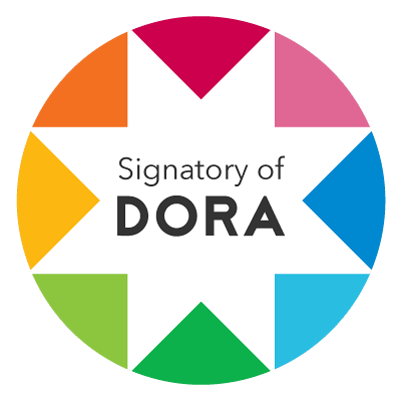Type I and type II reactions in a patient with ten years of follow-up
DOI:
https://doi.org/10.47878/hi.2002.v27.36418Keywords:
Type I reaction, type II reaction, Tinea corporisAbstract
It is reported the case of a 52 year-old man who had presented signs and symptoms of multibacillary leprosy for 20 years, but sought for treatment for his disease only fiveyears after the first onset while presenting ENL with joint involvement. During the treatment (MDT-MB) the patient continued to present ENH episodes and this situation persisted even after he was released from treatment. These ENL episodes occurred alternated or concomitantly with type 1 reactional episodes (Reversal Reaction) which defined him as a borderline case. He remained like that for 10 years, presenting spleenomegaly and hypersplenism signs in one occasion. He improved only after viable bacilli were detected leading to re-administration of the MDT. The discussion of the case emphasizes some interesting aspects of the evolution of the case: 1) delayed diagnosis leading borderline patients to acquire lepromatous characterist ics with rich bacilloscopy (sub-polar lepromatous); 2) these patients are more prone to hosting "persisters" that may eventually multiply and give rise to type I reaction; 3) the alternate type 1 and type 2 reactional episodes may indicate the role of the cellular immunity on development of the ENL episode, in which the granulomatous reaction would break down the specific regressive infiltrates exposing intracellular antigens. In face of the humoral hypersensitivity status, there would be deposition of immune complexes which would trigger an acute inflammatory reaction; 4) releasing the patient from MDT does not mean he is cured of leprosy.
Downloads
References
2 JOB, C.K.; JACOBSON, R.R.; HASTINGS, R.C. Simultaneous upgrading reaction and erytema nodosum leprosum in a pacient with lepromatous leprosy. Int. J. Leprosy, v.56, n.3, p.437-442, Sep., 1988.
3 MORAES, M.O.; SARNO, E.N.; ALMEIDA, A.S.; SARAIVA, B.C.; NERY, JA.; MARTINS, R.C; SAMPAIO, E.P. Cytokine mRNA expression in leprosy: a possible role for interíeron-gamma and interleukin-12 reactions (RR and ENL). Stand. J. Immunol., v.50, n.5, p.541-549, Nov., 1999.
4 OPROMOLLA, D.V.A. Alguns comentários acerca de um caso relatado porWade e Rodrigues nos anos 30. Hansen. Int., v.20, n.1, p.29-37, Jan-Jun., 1995.
5 OPROMOLLA, D.V.A. TypeI reactions (Editorial). Hansen. Int., v.26, n.2, p.91-92, Jul-Dez., 2001.
6 PFALTZGRAFF,RE;RAMU,G.Clinical leprosy. In:HASTINGS,RC Leprosy. 2 ed. Edinburgh: Churchill Livingstone, 1994. p.272-275.
7 REA, T.H.; SIELING, P.A. Delayed-type hypersensitivity reactions followed by erythema nodosum leprosum. Int. J. Leprosy, v.66, n.3, p.316-327, Sep., 1998.
Downloads
Published
How to Cite
Issue
Section
License

This work is licensed under a Creative Commons Attribution 4.0 International License.
This journal is licensed under a Creative Commons Attribution 4.0 International License.


























